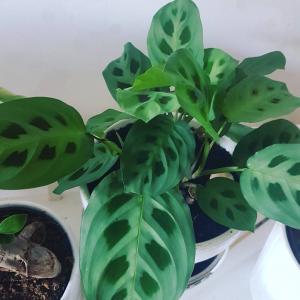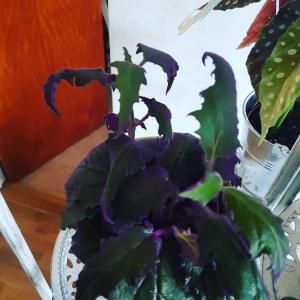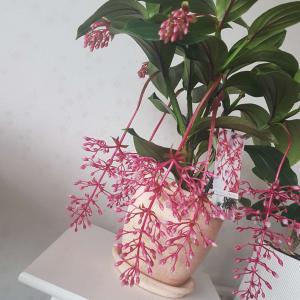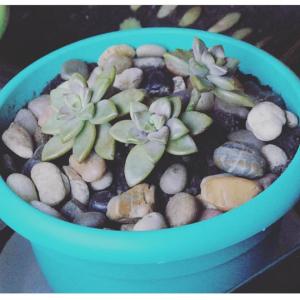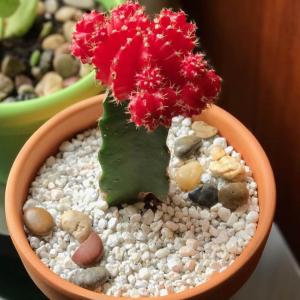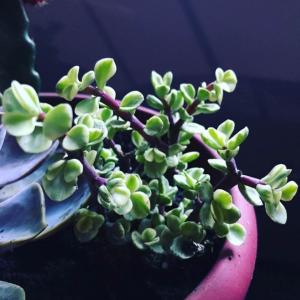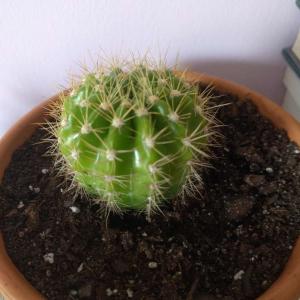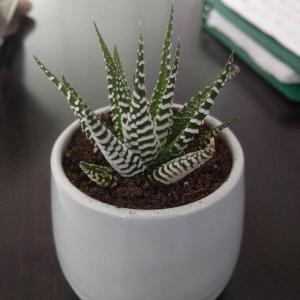Faith_adamsxxx
2017年08月11日

Got some new succulents today! would anyone be able to identify them for me? I know one of them is a Crassula Perforta :)






0
0
成长记
SucculentLover021815
2017年08月11日

I new added a "Ghosty 'Graptopetalum Paraguayense'" in my "garden"


0
0
成长记
SucculentLover021815
2017年08月11日

I new added a "Kalanchoe Tomentosa 'Panda Plant'" in my "garden"
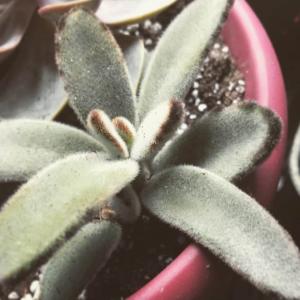

0
0
成长记
SucculentLover021815
2017年08月11日

I new added a "Bear Paws 'Cotyledon Tomentosa'" in my "garden"
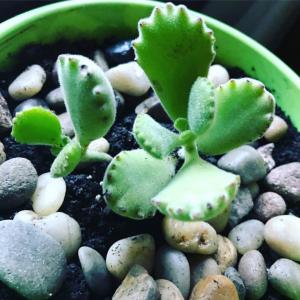

0
0
成长记
SucculentLover021815
2017年08月11日

I new added a "Echeveria Perle Von Nurnberg" in my "garden"


0
0
文章
Miss Chen
2017年08月11日

Like most plants, when an orchid (plants in the Orchidaceae family) produces new leaves, older ones naturally turn yellow before dying back. When newer leaves turn yellow, it's important to reevaluate how you care for the plant and then check it for some common orchid diseases. While almost all of the symptoms of these include some sort of yellowing of the leaves, only a few turn leaves completely yellow.

Too Much Light
Most of the more than 25,000 species of orchids grow in tropical forests, shaded by the canopy. Although some species thrive in bright sunlight, others will experience yellow foliage. This will eventually drop off the plant. To avoid the problem in the future, provide the orchid with indirect sunlight by setting it on the sill of an east-facing window or within two feet of a south-facing window. If you know that your particular orchid species requires medium sunlight, place it on the sill of a west-facing window or within one foot of a window that receives southern exposure.
Cold Temperatures
Orchids are hardy outdoors in U.S. Department of Agriculture plant hardiness zones 2 through 11, depending on species. Outside of the tropics, most are grown indoors, however, where they do fine with typical indoor temperatures. Some orchids, such as phalaenopsis (Phalaenopsis spp.), hardy in USDA zones 10 through 12, are sensitive to temperatures below 60 degrees Fahrenheit, and leaves will turn yellow. Again, these leaves will naturally fall from the plant. Adjust the temperature until you find one that suits the orchid best, between 60 and 80 degrees during the daytime and 50 to 55 degrees at night.
Bacterial Rot
Bacterial soft and brown rot are orchid diseases that turn the orchid's leaves yellow before they darken to black. Treat the infection by removing affected parts of the plant with sterile tools and then spraying the orchid until it is wet with a broad-range virucide, bactericide and fungicide, such as Physan 20. Use 2 teaspoons in 1 gallon of water. Repeat the spray once a month to prevent further occurrences. Keeping the foliage dry and increasing air circulation around the orchid also helps prevent this infection.

Fusarium Wilt
This disease can be distinguished from other orchid diseases by the wrinkled or shriveled appearance of the yellow leaves. Since it is typically caused by poor sanitation, prevention involves sterilizing cutting equipment before using it on the plant. A five-minute soak in solution containing 1 part household bleach and 3 parts of water and rinsing with clear water afterward should do the trick. Dip the tools and rinse them before each cut made to the orchid.
Southern Blight
If the lower part of the orchid's stems turn yellow as well as its leaves, suspect southern blight, a fungal infection. Treat southern blight with a systemic fungicide containing thiophanate methyl. Mix 1/2 teaspoon of the fungicide in 1 gallon of water and pour it over the soil. Reapply the fungicide in four weeks. Prevent southern blight on your orchids by providing increased air circulation and proper sanitation.

Too Much Light
Most of the more than 25,000 species of orchids grow in tropical forests, shaded by the canopy. Although some species thrive in bright sunlight, others will experience yellow foliage. This will eventually drop off the plant. To avoid the problem in the future, provide the orchid with indirect sunlight by setting it on the sill of an east-facing window or within two feet of a south-facing window. If you know that your particular orchid species requires medium sunlight, place it on the sill of a west-facing window or within one foot of a window that receives southern exposure.
Cold Temperatures
Orchids are hardy outdoors in U.S. Department of Agriculture plant hardiness zones 2 through 11, depending on species. Outside of the tropics, most are grown indoors, however, where they do fine with typical indoor temperatures. Some orchids, such as phalaenopsis (Phalaenopsis spp.), hardy in USDA zones 10 through 12, are sensitive to temperatures below 60 degrees Fahrenheit, and leaves will turn yellow. Again, these leaves will naturally fall from the plant. Adjust the temperature until you find one that suits the orchid best, between 60 and 80 degrees during the daytime and 50 to 55 degrees at night.
Bacterial Rot
Bacterial soft and brown rot are orchid diseases that turn the orchid's leaves yellow before they darken to black. Treat the infection by removing affected parts of the plant with sterile tools and then spraying the orchid until it is wet with a broad-range virucide, bactericide and fungicide, such as Physan 20. Use 2 teaspoons in 1 gallon of water. Repeat the spray once a month to prevent further occurrences. Keeping the foliage dry and increasing air circulation around the orchid also helps prevent this infection.

Fusarium Wilt
This disease can be distinguished from other orchid diseases by the wrinkled or shriveled appearance of the yellow leaves. Since it is typically caused by poor sanitation, prevention involves sterilizing cutting equipment before using it on the plant. A five-minute soak in solution containing 1 part household bleach and 3 parts of water and rinsing with clear water afterward should do the trick. Dip the tools and rinse them before each cut made to the orchid.
Southern Blight
If the lower part of the orchid's stems turn yellow as well as its leaves, suspect southern blight, a fungal infection. Treat southern blight with a systemic fungicide containing thiophanate methyl. Mix 1/2 teaspoon of the fungicide in 1 gallon of water and pour it over the soil. Reapply the fungicide in four weeks. Prevent southern blight on your orchids by providing increased air circulation and proper sanitation.
0
0



